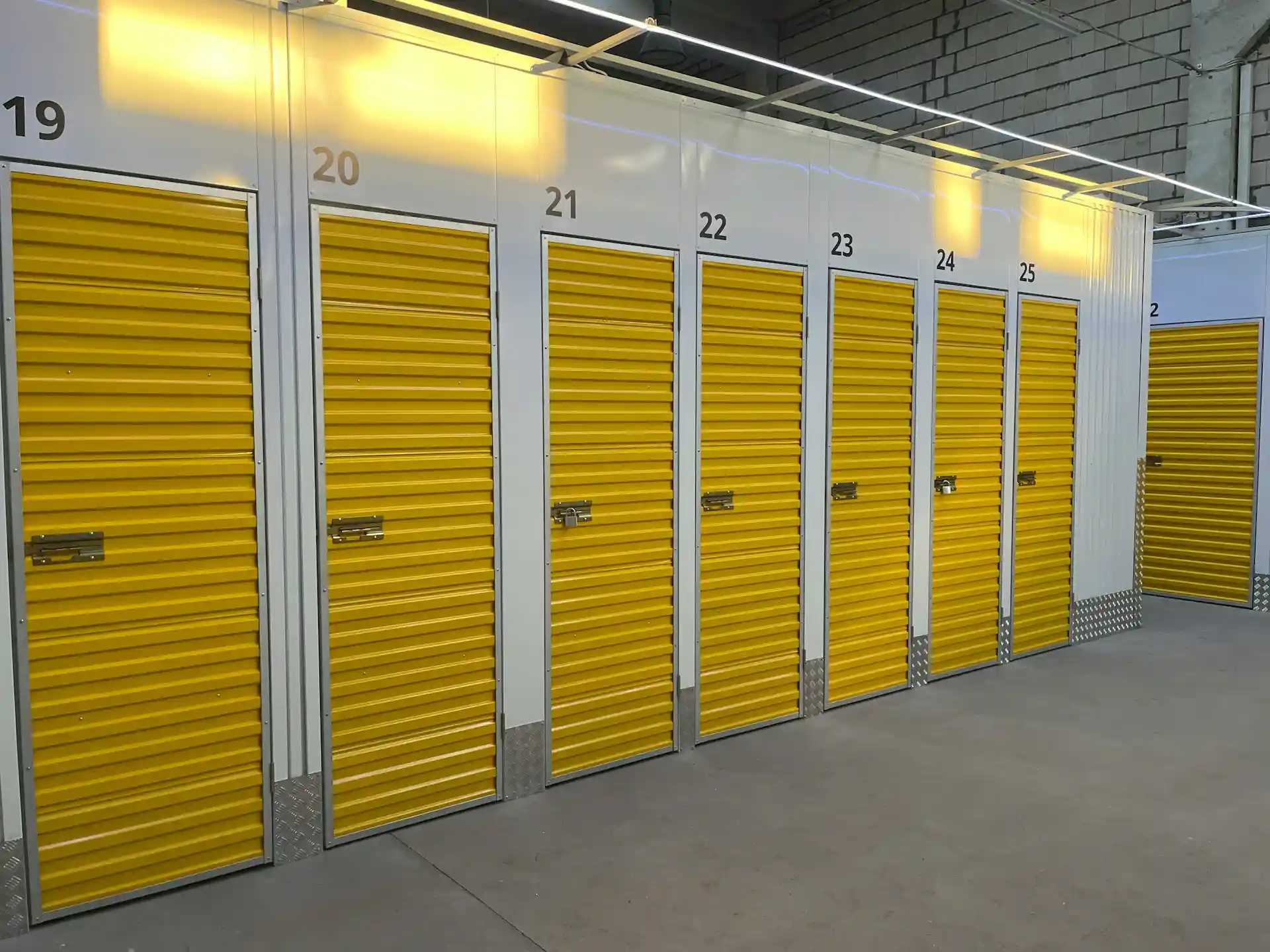

Best self storage locks: A guide to choosing the right one
Choosing the best self storage locks is crucial for security, convenience, and efficiency. This guide explores smart lock solutions and key considerations to help you make the best choice.

Selecting the best self storage software is one of the most important decisions for facility owners and operators today.
As the industry evolves, the need for efficient, automated, and data-driven management software systems has become essential for growth and profitability. However, many operators find themselves caught between two main options—cloud-based and on-premise solutions.
This article breaks down the differences between these two approaches, exploring their features, benefits, and limitations to help business owners choose the right solution for their operations.
If your business portfolio prioritizes flexibility, scalability, and ease of access, cloud-based self-storage management is likely the best fit. For those with strict data control needs or legacy infrastructure, on-premise software may be preferable.
Self storage software is a management platform that streamlines operations across facilities. It helps automate essential tasks such as lease tenant management, payment tracking, digital contracts, access control, and reporting. Modern systems also integrate online booking and payment options, allowing tenants to rent and manage units through a digital portal.
With the right platform, operators can minimize manual work, reduce human error, and focus more on improving tenant satisfaction and revenue generation. As the industry shifts toward automation and contactless rentals, adopting robust software has become a competitive necessity.
For example, Sharefox’s Self Storage Rental Solutions help operators simplify day-to-day management, offering real-time tracking and integrated payment systems to keep storage facilities running smoothly.
Cloud-based self-storage software operates entirely online, hosted on secure servers managed by the provider. These systems can be accessed from any device, allowing operators to manage their facility remotely and in real time.
Key benefits include automatic updates, real-time data syncing, enhanced scalability, and built-in integrations with third-party tools like payment gateways or accounting software. Cloud platforms also offer subscription-based pricing, meaning lower upfront costs and predictable monthly fees.
Leading SaaS providers in the self storage space have popularized cloud-based systems that enable seamless online rentals, automated billing, and easy data backup—all without requiring on-site IT maintenance.
Sharefox’s cloud-based management platform follows the same philosophy—empowering operators with remote access, automation, and centralized control across multiple facilities.

Overhead view of team working on laptops at a table
On-premise self storage software, on the other hand, is installed directly on local computers or servers. It provides full control over data storage and system configurations, which can be appealing for operators with strict data privacy requirements or limited internet connectivity.
However, this model typically requires manual updates, dedicated IT support, and regular maintenance to keep systems secure and efficient. While the initial license fee might seem cost-effective, the long-term expenses for upgrades, hardware, and troubleshooting can add up.
For small, single-site facilities with established workflows, on-premise software remains a practical choice, though it may limit scalability and remote management capabilities.
Cloud-based and on-premise systems each offer distinct advantages depending on your business model. Cloud-based platforms deliver flexibility, scalability, and automation but depend on internet connectivity. On-premise systems offer control and independence from cloud subscriptions but can become costly and less adaptable over time.
In short, the decision comes down to operational priorities: agility and scalability favor the cloud, while stability and control may favor an on-premise approach.
When evaluating self storage software, focus on functionality that directly impacts efficiency and customer experience.
An intuitive tenant portal allows customers to book, pay, and manage their units online—reducing administrative work. Automated billing and payment tracking simplify revenue collection and minimize missed payments. Access control integration ensures security and smooth tenant access.
Furthermore, tools for inventory tracking and facility mapping enhance visibility, while detailed reporting and analytics aid strategic decision-making. For multi-site operators, API integrations are vital, enabling connections between systems for accounting, marketing, or CRM purposes.
Modern cloud-based platforms like Sharefox combine these features into a single, easy-to-use dashboard, helping operators reduce complexity while improving productivity.
Smaller, single-facility operators might benefit from straightforward on-premise solutions that keep operations simple and affordable. Those planning to scale across multiple locations or integrate advanced automation should consider cloud-based SaaS platforms.
Budget plays a role as well—cloud systems typically involve monthly fees, while on-premise solutions often have higher upfront costs but fewer recurring payments. Your long-term growth strategy should dictate the investment type: flexibility and scalability almost always justify the cloud.
For a scalable and cost-efficient model, many operators choose a subscription-based service like Sharefox’s pricing plans that grow with their facility size and business needs.

Person pointing at laptop screen during meeting
Whether migrating from spreadsheets or upgrading from another platform, implementation requires planning. Data migration—such as transferring tenant records, payment histories, and unit inventories—must be handled carefully to ensure continuity.
Operators should verify that the chosen software integrates smoothly with existing hardware like gate access systems and payment processors. Comprehensive training for staff and responsive vendor support are also essential for a seamless transition.
Cloud providers like Sharefox typically include onboarding and ongoing support, ensuring minimal downtime during deployment.
Cloud-based software usually operates on a subscription model, charging per unit or facility. This approach includes regular updates, customer support, and hosting costs. On-premise solutions involve a one-time license fee but often require additional spending on IT infrastructure, support, and manual updates.
When comparing the two, consider the total cost of ownership (TCO) over three to five years. Cloud-based models often yield a lower TCO due to reduced maintenance and higher uptime.
While both cloud-based and on-premise self storage software models have their merits, cloud-based solutions typically offer greater scalability, automation, and integration flexibility—making them the preferred choice for modern operators aiming to grow efficiently.
To stay ahead of industry trends, consider adopting a robust, cloud-based system designed to streamline your operations and enhance tenant experiences.
Ready to modernize your facility management? Book a demo with Sharefox today and discover how our rental management platform can help you automate operations, reduce manual work, and scale your self storage business with confidence.